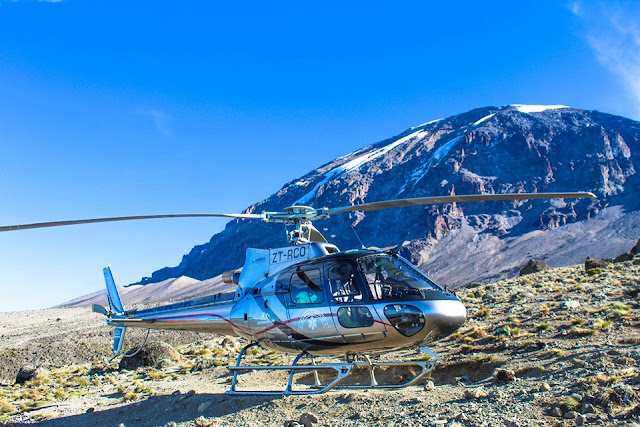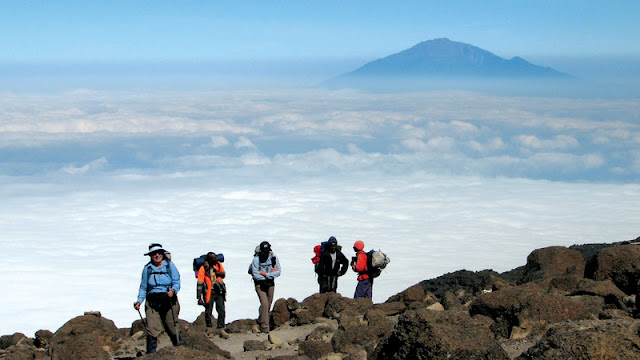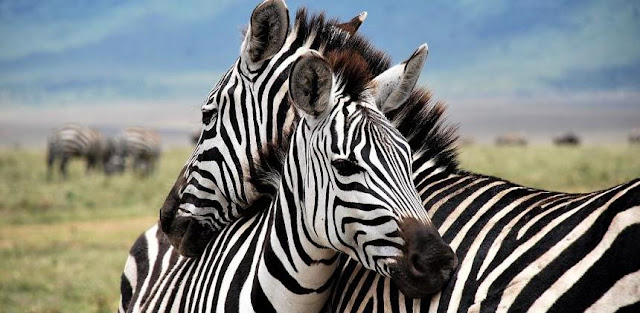INSURANCE FOR KILIMANJARO
Insurance for climbing Kilimanjaro
When buying insurance for climbing Kilimanjaro you must make clear to the insurer that you will be trekking on a very big mountain. If you are going to be mountaineering and using ropes then you need to tell them that too. This will probably increase your premium (it usually doubles it) and may even exclude you from being covered altogether. But if you don’t make this clear from the start and pay the lower premium you may find, should you have to make a claim, that you weren’t actually covered at all.
Do note, however, that it pays to bear in mind that you are not actually doing any climbing, you are just walking. In other words, you won’t be using any ropes, crampons or other climbing gear . The insurance company should know this – but many of the staff they employ don’t! So do make this clear or they’ll be charging you a higher premium unnecessarily.
Remember,insurance policy varies slightly from company to company.ensure you read the small print of any insurance policy before buying one to protect you, and shop around too, for each in
Details to consider include:
- How much is the deductible if you have to make a claim on your Kilimanjaro insurance?
- Can the insurers pay for your hospital bills etc immediately, while you are still in Tanzania, or do you have to wait until you get home?
- How long do you have before making a claim and what evidence do you require (hospital bills, police reports etc)?
- Does your policy include mountain rescue services, helicopter call-out and so forth? If it doesn’t, don’t buy it!
Covering Your Trip
As you’re probably aware, you must expect the premium for the entire trip to double when you mention that you are climbing Kilimanjaro, even though you will actually be trekking up Kilimanjaro for only a few days. However, you will need to be covered for your entire trip: there are just as many nasty things that can happen to you – indeed more – when off the mountain than on it. You are not going to contract malaria, for example, while you’re on the mountain (the anopheles mosquito that spreads it doesn’t go above 1200m, and you usually start your trek at least 1500m up the slopes). Theft becomes a much bigger issue away from the mountain too.
The following is a list of companies that offer insurance for Kilimanjaro. Note that these often change – one week a company offers insurance for Kilimanjaro, the next week it doesn’t – so apologies if some of these links are out of date. Despite our best efforts!
UK companies currently offering insurance for Kilimanjaro
The British Mountaineering Council You will need to join the BMC to claim insurance from them, but the insurance is cheap and comprehensive and there are lots of benefits if becoming a member. (This includes discounts in many outdoor/camping and trekking shops. Insurance for Kilimanjaro currently comes under their ‘Alpine & Ski’ cover.
US insurance providers for Kilimanjaro
Insurers in the States seem to change rapidly – the ones we listed in the last edition of the book are on the whole no longer offering insurance for Kilimanjaro. Matters are further complicated by the fact that the insurance offered by companies can vary from state to state. We have had clients who have told us that while they were able to buy insurance with one company, their friend was unable to do so from that same company because they lived in another state! So do be careful who you book your insurance with. And it’s even more important to remember to read the small-print and go through the contract thoroughly.




Comments